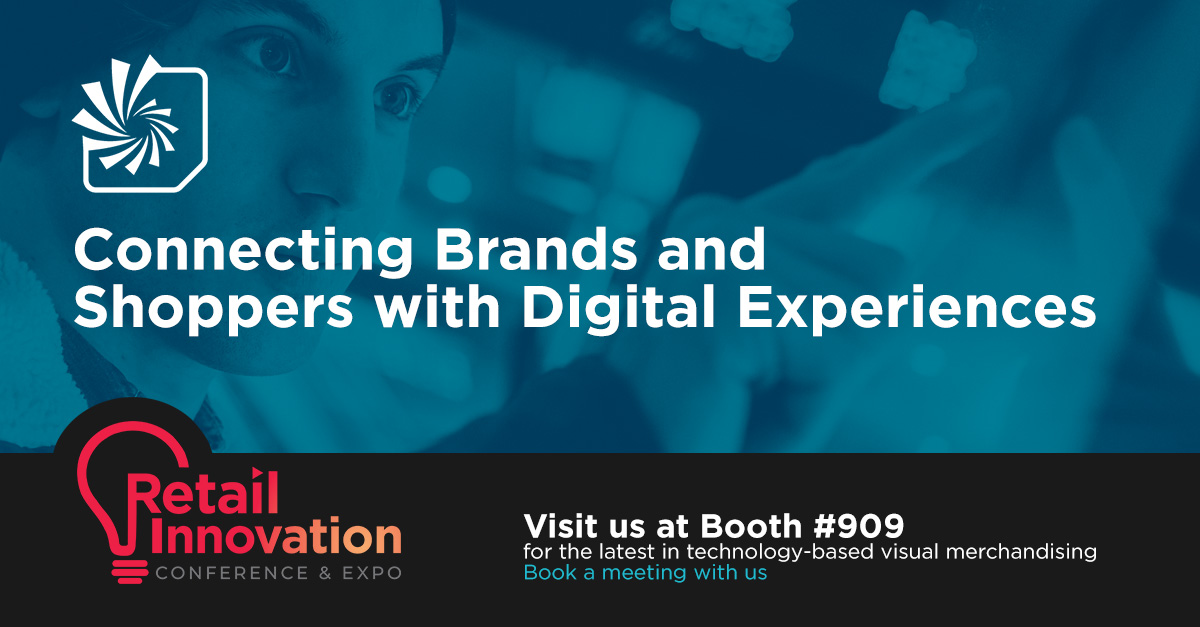How to Improve the In-Store Digital Signage Customer Experience
The Enormous Role of Customer Experience in Creating Brand Loyalty
Whether you're a brick-and-mortar retailer, an e-commerce vendor, or a merchant with both online and physical formats, today you have to do more than sell a good product at a fair price. It's one thing to get someone to enter your store for the first time—or your website, for that matter. Convincing them to buy from you requires you to provide a compelling customer experience.
Further, getting them to come back again requires you to build brand loyalty. Brand loyalty isn't limited to card-carrying members of loyalty programs that accumulate miles, cash-back, or gasoline points. Customers don't have to join a club to develop a deep loyalty to a particular store or brand.
In fact, a full 90 percent of consumers claim loyalty to brands, but less than 8 percent say rewards programs make an impact on their purchasing decisions. In other words, it's the customer experience—the way a brand or a store makes them feel—that keeps them coming back. On the other hand, a poor customer experience can shatter that loyalty in far less time than it took to build it in the first place. Let's take a closer look at the enormous impact customer experience has on brand loyalty, the ways retailers can boost that loyalty even higher with technologies like digital signage.
Customer experience and brand loyalty go hand-in-hand
Most retailers know that building brand loyalty takes more than offering customers the lowest price. There will always be consumers for whom the rock-bottom price is the most important thing, but rarely is it the only thing. Convenience is another driver, as is a feeling of being understood, whether by a person or an algorithm (in the case of online shopping).
Brand loyalty, though, goes deeper, almost compelling a customer to return to the store or department that makes them feel the best. So, unless you deliver a positive customer experience each and every time, there's no opportunity to create, much less deepen, this feeling of loyalty. The customer will simply go somewhere else. Take online shopping giants like Amazon. Amazon didn't just spring into being with hundreds of millions of brand enthusiasts. It had to first create a decent online shopping experience and then continuously make it better and fresher.
Over time, as customers started to expect more, the e-commerce site became more and more sophisticated, offering suggestions and remembering past searches and purchases. It made finding and purchasing almost any item a seamless and even pleasant experience. That's why people keep going back: they get what they want and need, no muss, no fuss. If the customer experience is critical for online retailers, it is even more important for brick-and-mortar stores. That's because even though Amazon and thousands of other e-commerce sites have slowly wooed shoppers away from stores (at least when starting the purchasing process), nearly 90 percent of retail purchases happen at a physical store.
In-store shopping allows them to not only see, touch, and compare the quality of the items they're considering, but also allows them to interact with real people and the store's ambiance. And for all the convenience of online, it simply can't compare with an in-store customer experience. That assumes, of course, that the store makes it a priority and puts forth the effort to provide an excellent experience.
That's a critical point because while it takes multiple store visits and purchases to build a shopper's trust and loyalty for your brand, it takes far less time to tear it down. In fact, 32 percent of all customers say they'd completely end a relationship with a brand they loved after a single negative experience.
Including digital signage customer experience in your brand loyalty strategy
It's clear then that the best brand loyalty strategies focus on ensuring a positive customer experience every time. By including digital signage in your strategy, you can enhance the experience in numerous ways.
We often describe how digital signage can provide engaging, interactive, and even highly personalized content to your in-store customers. However, the human element is another reason so many consumers prefer in-store shopping. Shoppers want to interact with helpful, friendly, and knowledgeable sales and customer service associates. They want to see merchandise arranged thoughtfully on the sales floor by caring employees, not just jumbled on the displays. And they want to be treated like an individual, not a number.
If employee engagement of the store's staff is poor, all these elements of customer experience suffer — and so does your chance of building and maintaining customer brand loyalty. Poor communication, lackluster employee recognition, lack of opportunity for advancement, and many other factors can contribute to poor employee engagement. Other elements include inconsistent management, a distributed corporate structure, and simply the "desk-less" nature of retail employment.
In retail, many employees lack a computer, access to the corporate intranet, or even a company email account—all channels that can effectively improve employee engagement in other industries. Regardless of the reasons, when employee engagement suffers, customer experience and brand loyalty do, too.
Share this
You May Also Like
These Related Stories

How Smart Signage Platforms Solve the Menu Management Headache

Partner Profile: BlueFin Brings Screens to Every Experience, for just about Every Kind of Space


